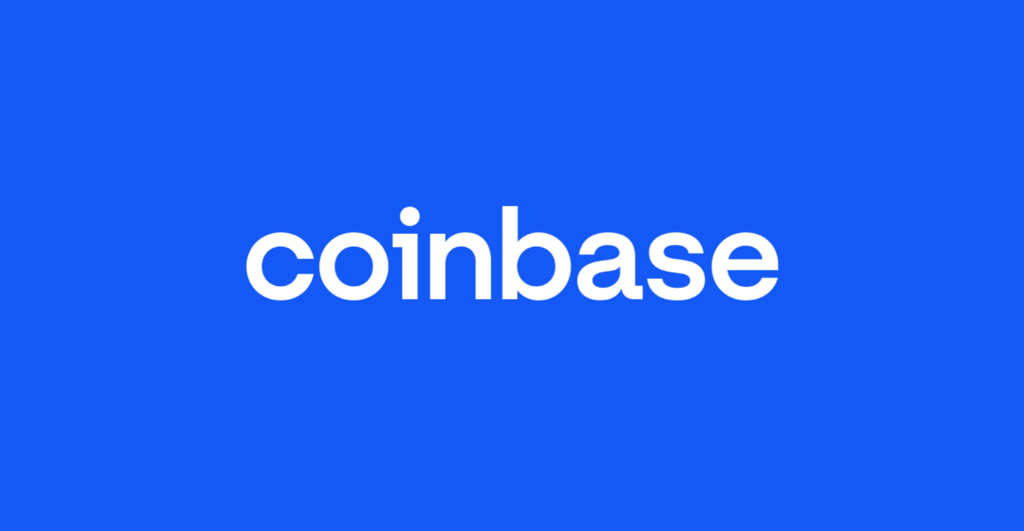The Dev Migration — Leaving Web2 for Web3
An interview with Varsha Mahadevan, Software Engineering Manager
In the last six months, Google searches for ‘Web3’ have grown more than 33x as people begin to look into the movement towards decentralization. This term has become synonymous with a more transparent and equitable way for individuals to participate in building the next generation of applications and platforms that will shape how we live, work, and interact with each other. To better understand what’s going on behind the scenes, we spoke with Varsha Mahadevan, to dive into why developers are leaving Web2 for Web3 projects.
Varsha spent the past 20 years working as a developer building high quality products at Microsoft and BankBazaar.com before joining Coinbase as a Software Engineering Manager.
COINBASE: Developers are leaving Web2 for Web3 in droves. Why do you think that is?
VARSHA: Data shared in a recent report by Electric Capital, indicates that a majority of the developers that are currently building in Web3 just entered the space last year. A big reason behind why we’re seeing this mass migration of Web2 developers into Web3 is because developers love being at the bleeding edge of all innovation.
Web3 is shaping up to be a brave new world with possibilities no one imagined would exist just a few years ago. The ecosystem of protocols, tools, and services that power Web3 development are still nascent. It is natural that Web3 attracts the brightest minds that seek to shape this future.
COINBASE: What are the biggest differences and similarities you see between Web2 and Web3?
VARSHA: When it comes to Web2 vs Web3 architecture, the concept of utilizing distributed systems isn’t entirely new or revolutionary. What’s fundamentally different between Web2 and Web3 boils down to values.
Web1 was a world wide web consisting largely of content consumers and only a select few content creators while Web2 opened the doors to user generated content and brought a large emphasis on usability and interoperability. However, this came at the cost of relinquishing control of user’s identity and data and instead put that power and control in the hands of a select few.
Web3 is the evolution of the world wide web which has been defined as read, write, and own, and aims to enable users to have ownership over the content they create — and projects they build. In Web3, no single entity controls the network and everyone can participate in a trustless environment that’s governed by a set of consensus protocols. Users are, instead, empowered with transparency and verifiable guarantees of the data they receive and send without putting their trust in any central authority. These grounding values make Web3 a more equitable internet for participants and builders alike.
COINBASE: What does it mean for a developer to have ownership over their product in the Web3 world?
VARSHA: In a decentralized world there is a paradigm shift in how developers think and design products. Products are built to be self-sustaining without the need for ownership and authority. In the world of Ethereum, products are built as smart contracts which are deployed as immutable transactions. The traditional notion of versioning products does not exactly exist. Newer and better smart contracts can be built as new products.
COINBASE: What kind of incentives and advantages are there for Web2 developers to join a Web3 company like Coinbase?
VARSHA: In my opinion, Coinbase is at the forefront of innovation in all of the core product areas of Web3, viz. CryptoCurrency, DeFi, NFT, DAO. It truly believes in making these easy, secure and accessible to one and all, cross borders and geographies. While it chases these lofty goals, it is deeply rooted in its engineering, infrastructure, and machine learning investments. This to me is a perfect blend and hard to resist for individuals with an appetite for challenges.
Companies like Coinbase also offer developers a great place to learn and strengthen their skills while learning from some of the best and the brightest builders in Web3. Coinbase specifically also has a recently-implemented Project 10% initiative that invests in employee-led ventures.
COINBASE: What does the Web3 tech stack look like?
For Web2 developers, it’s important to understand the current Web3 tech stack, which consists of
Layer 1 blockchains (Ethereum, Solana, Cosmos, NEAR, Tezos, Fantom, Polkadot)Layer 2s & sidechains (ZK Sync, Polygon, Arbitrum, Optimism)Developer Environments (Hardhat, Truffle, Foundry, Anchor)File Storage (IPFS, ARweave, FIlecoin),APIs (indexing & querying),Identity (Wallet Connect, Ceramic Self ID)Clients (web3.js, Ethers.js, Anchor)
This tech stack currently powers a two hundred billion dollar market cap that’s led by two major categories: decentralized finance (DeFi) and non-fungible tokens (NFTs).
Across DeFi and NFTs, protocols and smart contracts are the backbone of making it all work, and many of them are built using programming languages such as Solidity, Rust, and Web.js.
Simply put, Web2’s ‘backend technologies’ are the protocols of Web3.
The Dev Migration — Leaving Web2 for Web3 was originally published in The Coinbase Blog on Medium, where people are continuing the conversation by highlighting and responding to this story.



